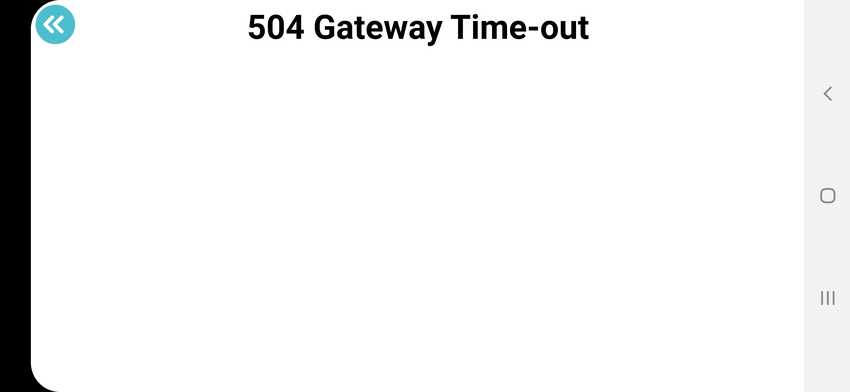
Weekly practice
Reasearch
This was very really exciting and the most awaited week, as a 3d printer enthusiast I wanted to dive into this field systematically. Big thanks to junior instructor Noha which elaborated and guided me with sharing resources and useful links for doing research. I explored first of all printing technologies, type of 3d printers. And I found out that the name 3d printer is a huge umbrella which consists of many different types/ technologies.
Prof. Neil mentioned printing farms. I had very little idea about it before but after seeing all these types/technologies I wish to have a printing farm and all different types/technologies also.
The concept between all these types/technologies are the same.
1) CAD: designing process (exporting them to .STL file or any other 3d format which support the CAM machine software).
2) CAM:Exporting G-code from the slicer software and transferring it to the machine.
3) fabrication process: layer by layer 3d printing additive process.


.jpg)
.jpg)
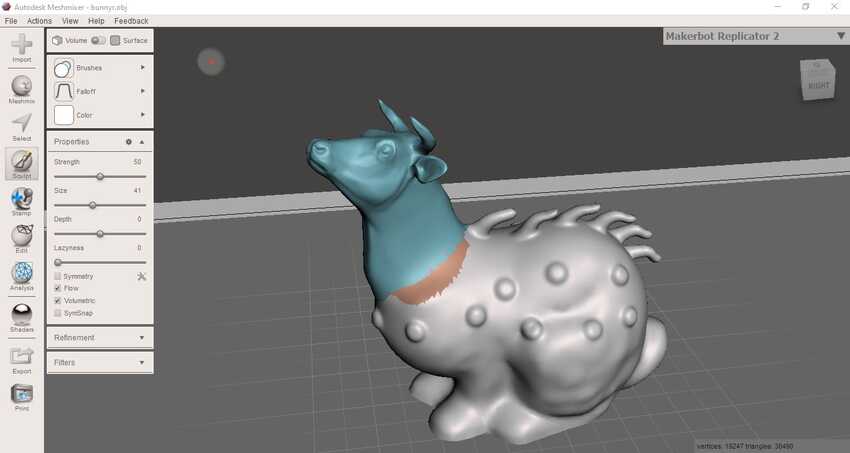




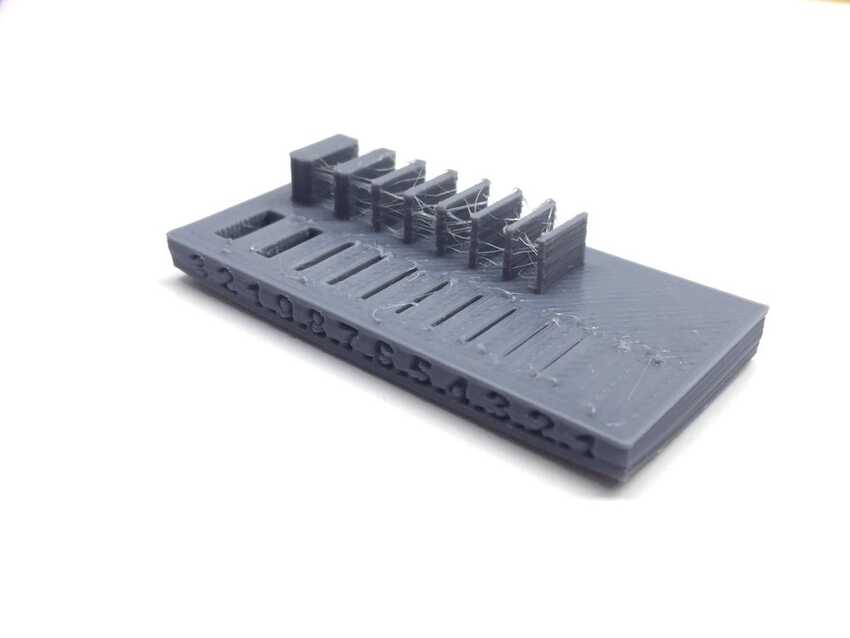
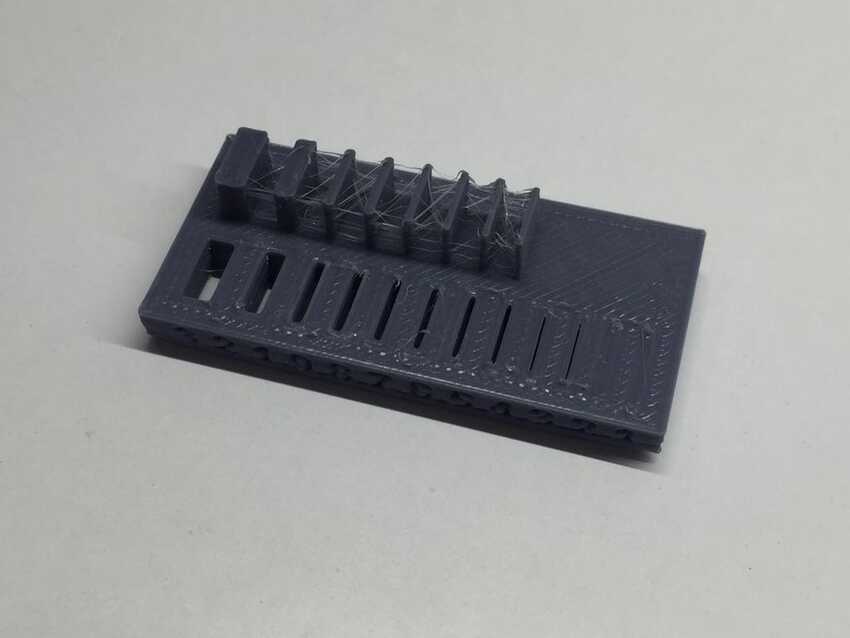

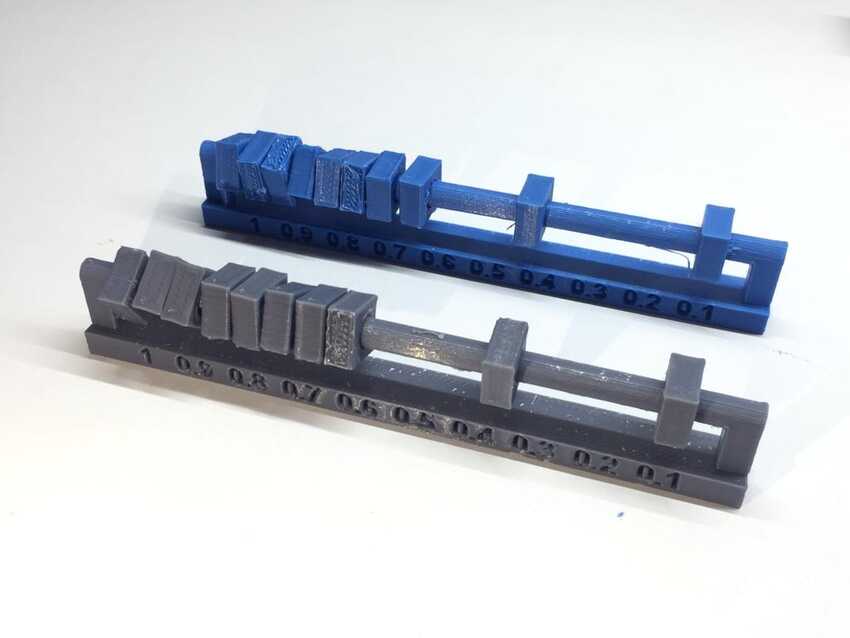

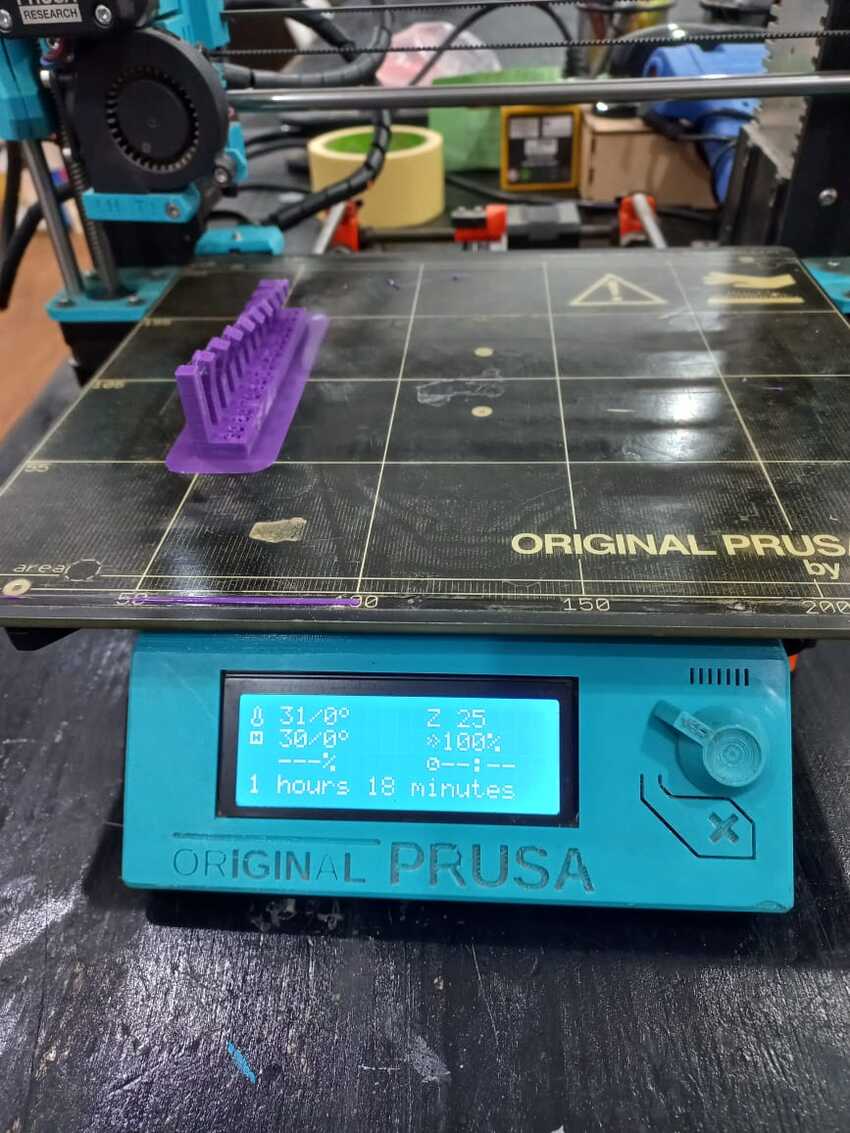





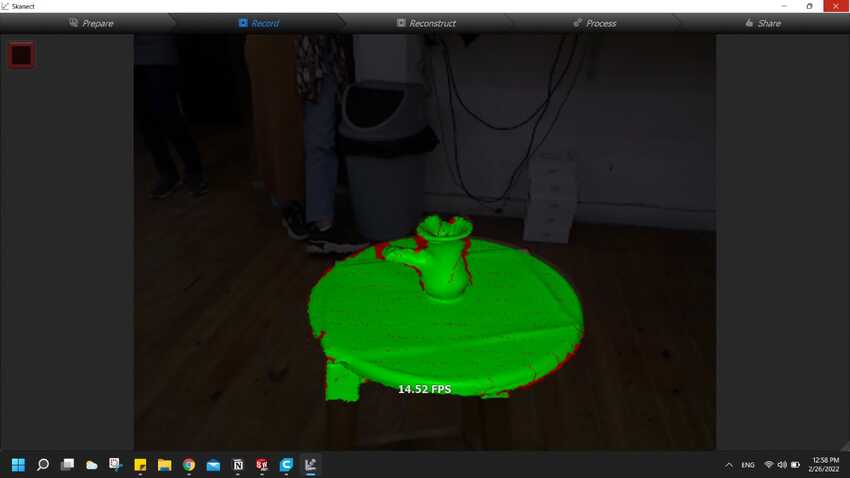

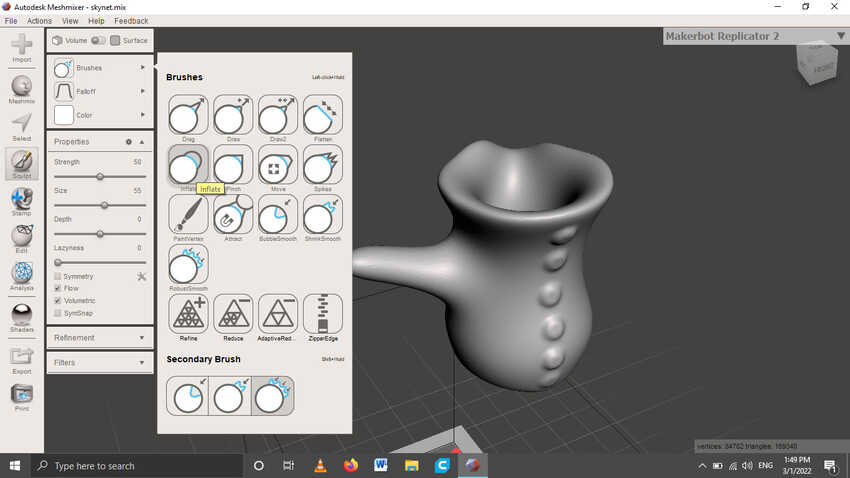
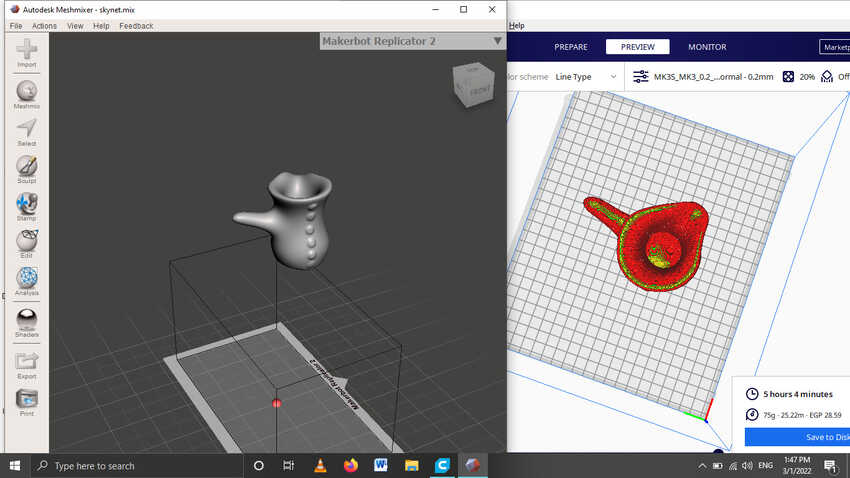



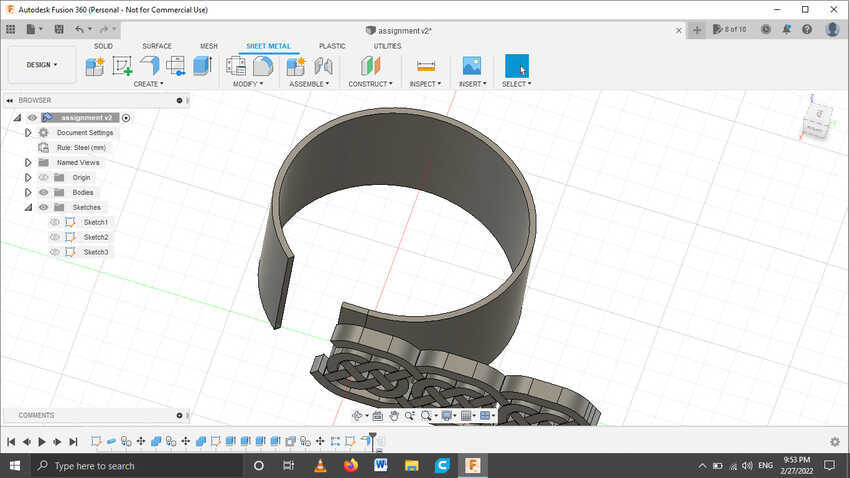

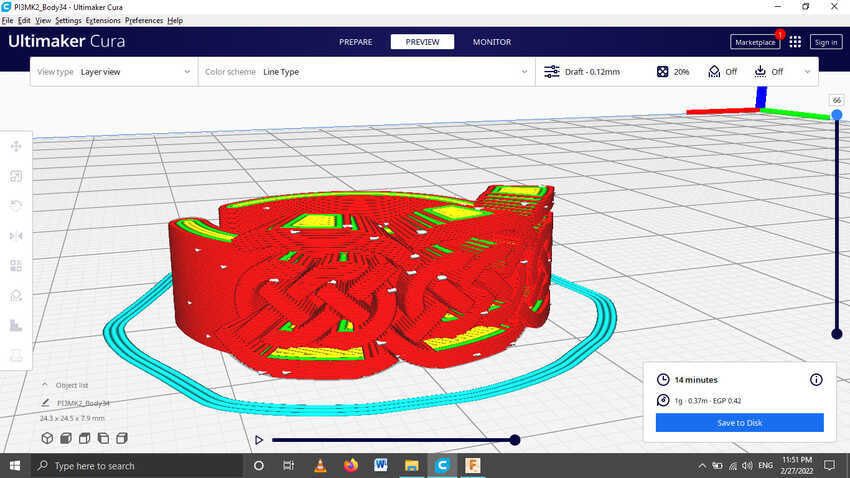



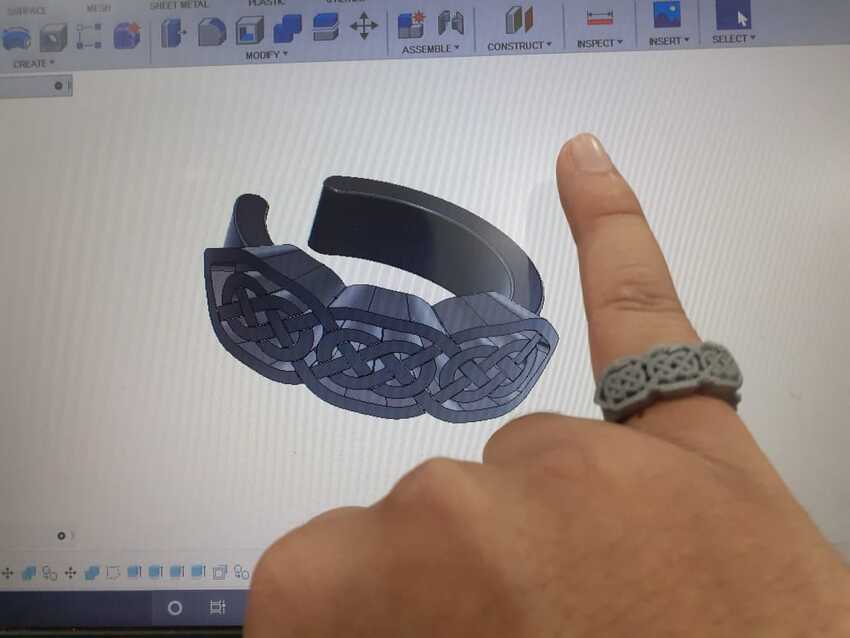

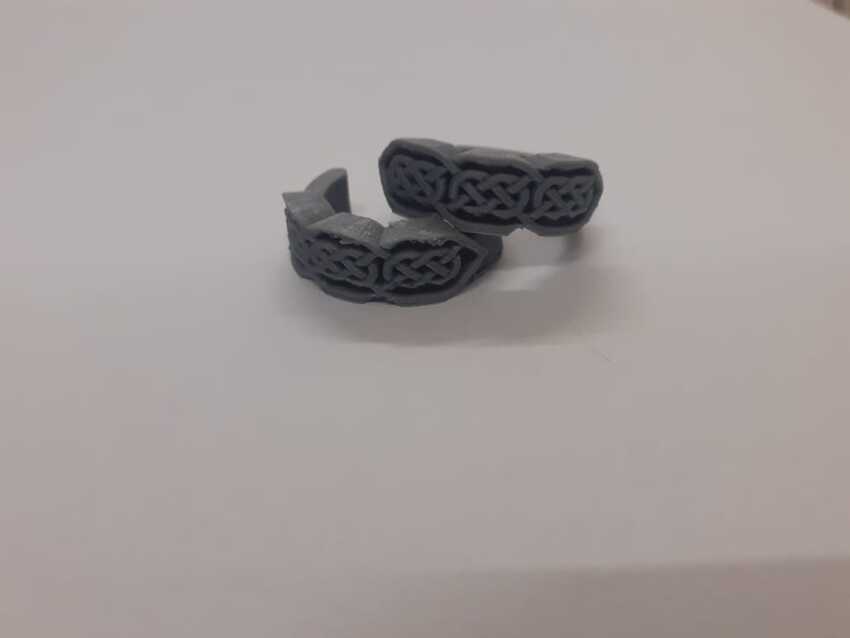


.jpg)



